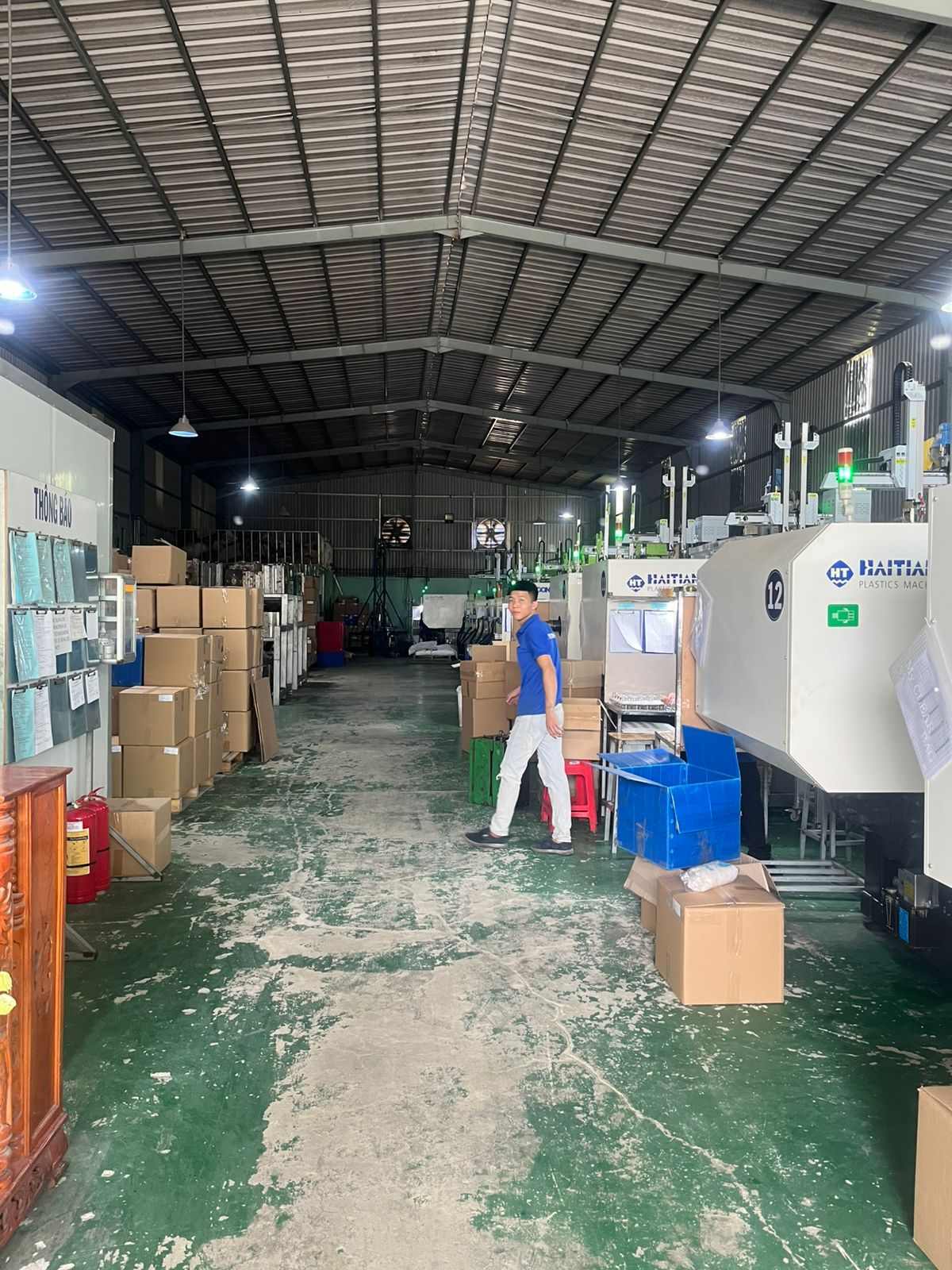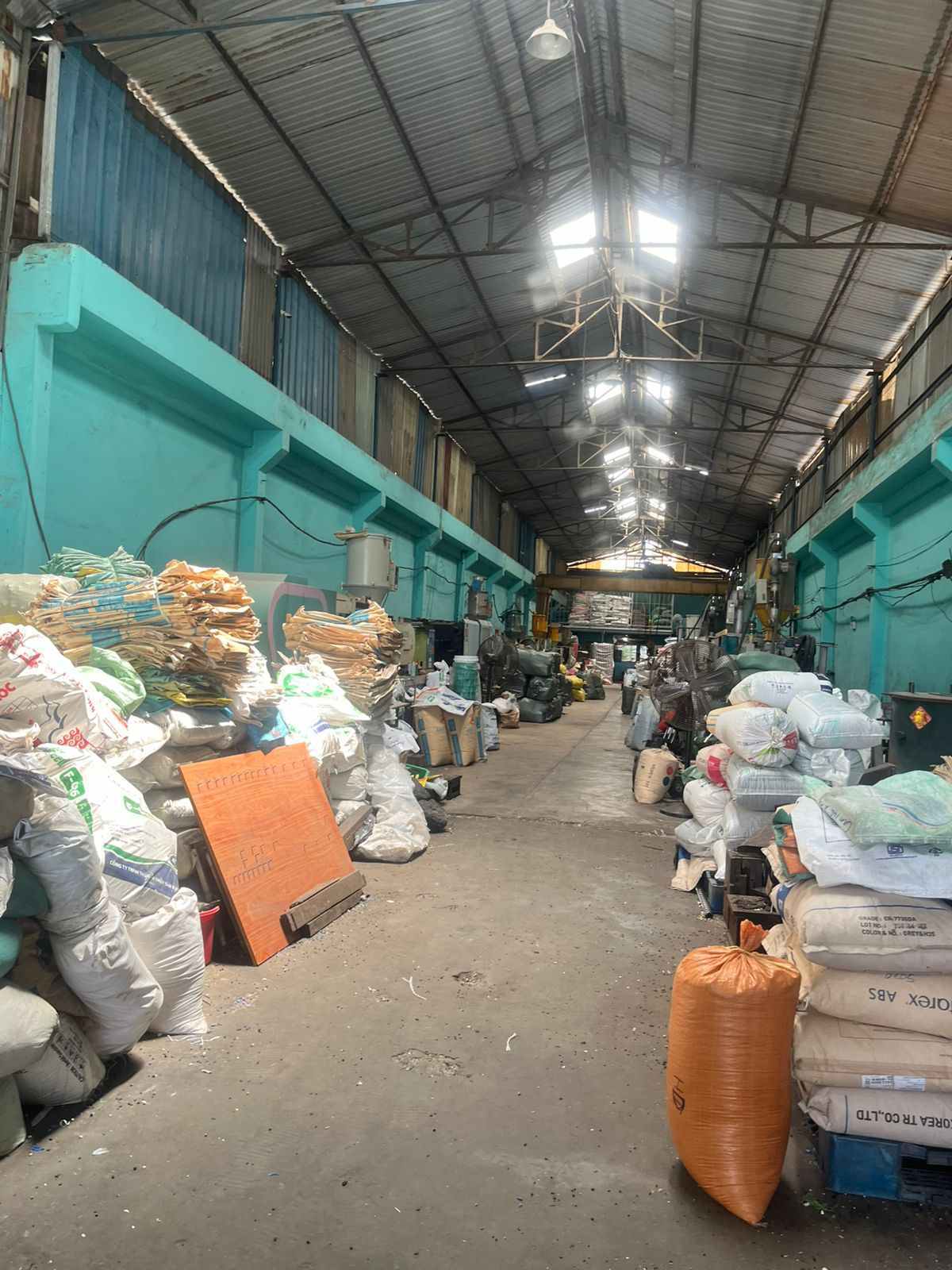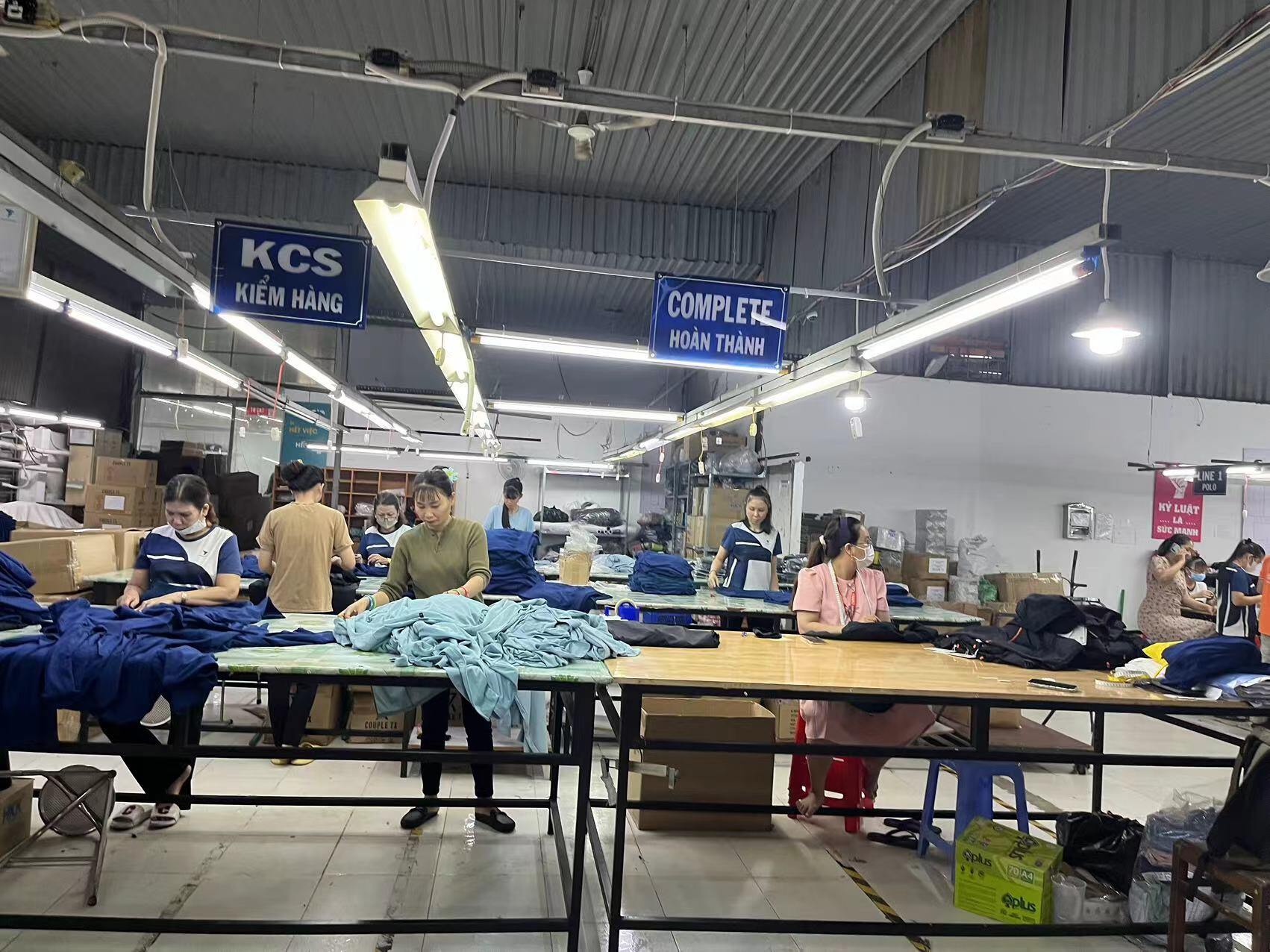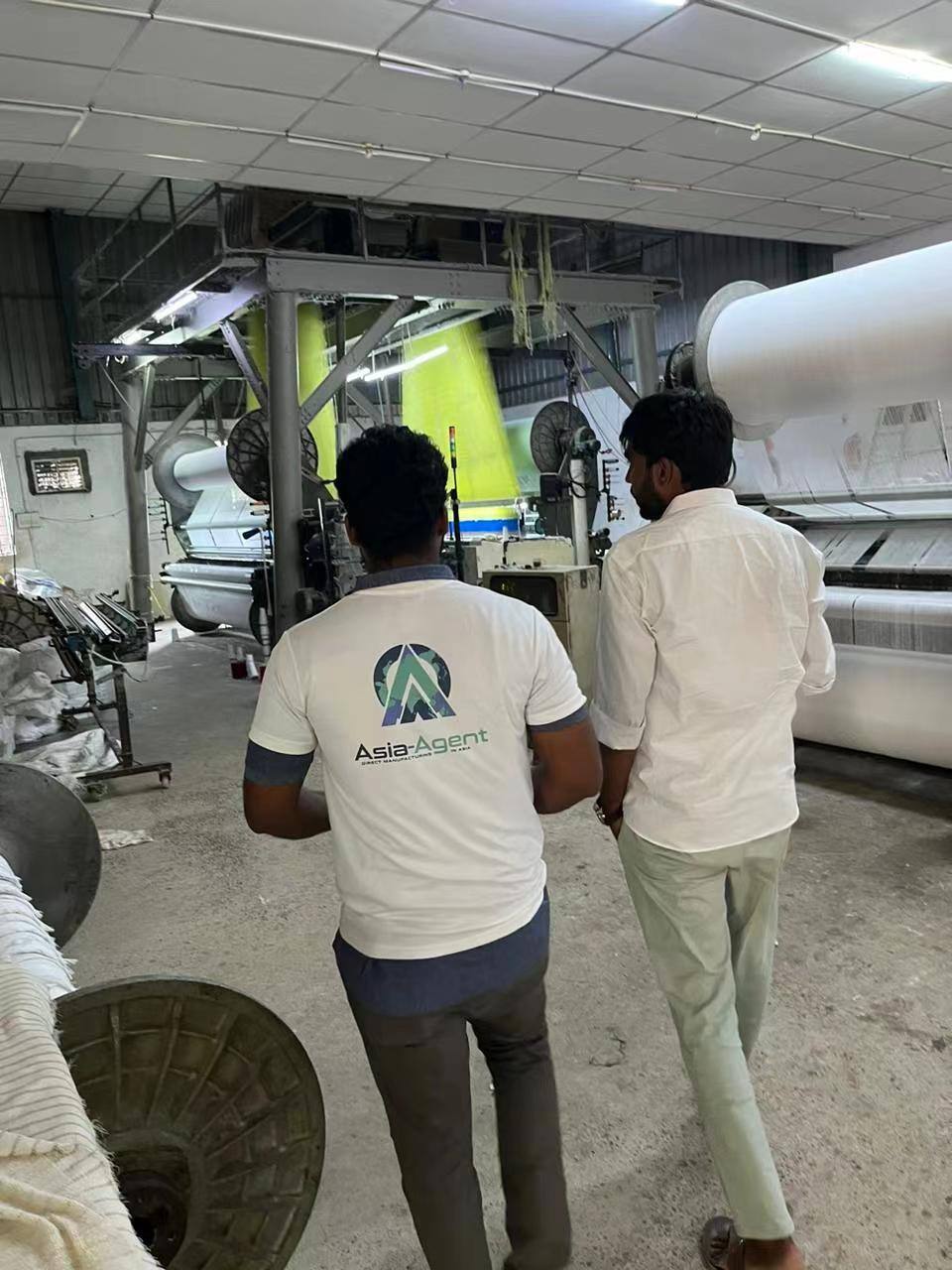Finding Real Factories in Vietnam: Avoiding Middlemen and Scams
Vietnam is one of the strongest alternatives to China for manufacturing in 2025. Labor costs are lower, tariffs are zero, and the country is quickly becoming a global supply base. But here’s the hard truth: moving to Vietnam only works if you actually reach the factory floor.
Most foreign buyers never do. Instead, they get caught in the middleman trap — trading companies, agents, or even fake suppliers pretending to be manufacturers. That mistake can erase every advantage Vietnam offers.
This article breaks down the problem, how to recognize it, and the proven ways to get to the real factories in Vietnam.
The Middleman Problem in Vietnam
When companies try to source from Vietnam for the first time, they often repeat the same mistake: searching on Alibaba or Google and assuming the results are legitimate factories. In reality, most are not.
- Fake factories: Many “factories” are just office fronts with no production lines.
- Trading companies: These groups take your order, add 15–40% markup, and then subcontract to a real factory.
- No accountability: When defects appear, the trading company blames the factory, and the factory blames the trading company. The buyer loses.
- Time waste: Every message, sample, and adjustment goes through a middleman, slowing everything down.
The result? Higher costs, missed deadlines, inconsistent quality, and no control over your supply chain.
Why Real Factories Don’t Show Up Online
One of the biggest shocks for new buyers is that most real factories in Vietnam are invisible online.
- They rarely advertise in English.
- Their websites, if they exist, are outdated.
- They don’t hire staff to answer cold emails.
- They rely on referrals, repeat clients, and personal introductions.
Factories in Vietnam are production-focused, not sales-focused. Their energy goes into the factory floor, not into marketing campaigns. That’s why buyers who rely on English-language searches get filtered into the hands of trading companies.
Signs You’re Talking to a Middleman
There are patterns that make middlemen easy to spot once you know them. If you see these red flags, you’re not talking to a factory:
No factory address given (or they dodge when you ask).
Unusually low MOQs for the industry. A textile factory will not agree to 100 units, but a trading company will.
Too-fast samples. If they can send samples within 48 hours, they’re pulling stock from someone else’s shelf.
Overly broad product range. Real factories specialize; middlemen say they can produce “anything you need.”
Generic communication. Emails like “Dear friend, welcome to cooperate” are a sign of a middleman.
A legitimate factory will always have a physical site, a focused product range, and a production timeline that makes sense.
Risks of Using a Middleman in Vietnam
Some buyers think middlemen can help bridge language or cultural gaps. But the risks outweigh the benefits.
- Cost inflation: Your savings from leaving China are eaten by hidden markups.
- Loss of transparency: You don’t know who actually makes your product.
- Weak contracts: If you sign with a middleman, you have no leverage with the real factory.
- Supply chain instability: If the middleman disappears, so does your entire production.
In a cost-sensitive environment, middlemen turn Vietnam into another expensive problem.
How to Reach Real Factories in Vietnam
Getting past the middleman requires an intentional approach:
Physical verification: No visit, no deal. If you can’t visit yourself, send a trusted local team.
Factory registration documents: Always request Vietnamese business licenses and factory registration.
Cross-check capacity: Ask about daily production output, certifications, and workforce size. Real answers reveal if they’re genuine.
Direct contracts under Vietnamese law: Insist on local jurisdiction. If they resist, it’s a sign they’re not the factory.
Local presence: Work with people on the ground who can walk into the factory and know the difference between a manufacturer and a trader.
These steps take more work upfront, but they’re the only way to unlock Vietnam’s cost advantage.
Real-World Example
A U.S. buyer recently tried to shift apparel production from China to Vietnam. They found a “factory” on Alibaba that offered low MOQs and fast sampling. Six months in, quality issues appeared, and deadlines slipped.
When the buyer pushed for answers, the supplier admitted they were not a factory but a trading company sourcing from two different workshops. The result: inconsistent sizing, late delivery, and a shipment rejected at customs.
The buyer lost six months and tens of thousands of dollars. Only after engaging a local verification team did they finally reach a real garment factory in Ho Chi Minh City — but by then, the tariff window had nearly closed.
Q&A: Vietnam Sourcing
Q: How do I avoid scams when sourcing factories in Vietnam?
A: Verify every factory with a physical visit and request official registration documents. Don’t rely on Alibaba or Google alone.
Q: What’s the risk of using a trading company in Vietnam?
A: Trading companies inflate costs by 15–40%, hide the real manufacturer, and take no responsibility for defects or delays.
Q: Do real Vietnamese factories advertise online?
A: Rarely. Most factories don’t market in English or keep updated websites. They rely on referrals and local introductions.
Q: What’s the safest way to confirm a Vietnamese supplier is real?
A: Send a local representative to check the site, review production lines, and verify certifications before making any payment.
Conclusion
Vietnam offers a powerful advantage over China in 2025 — lower labor costs, zero tariffs, and expanding capacity. But none of that matters if you end up paying middlemen instead of working with factories.
The lesson is simple: if you don’t reach the real factory floor, you’re not in Vietnam manufacturing. You’re just in another expensive middleman trap.




